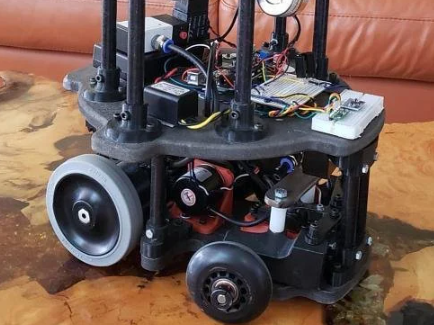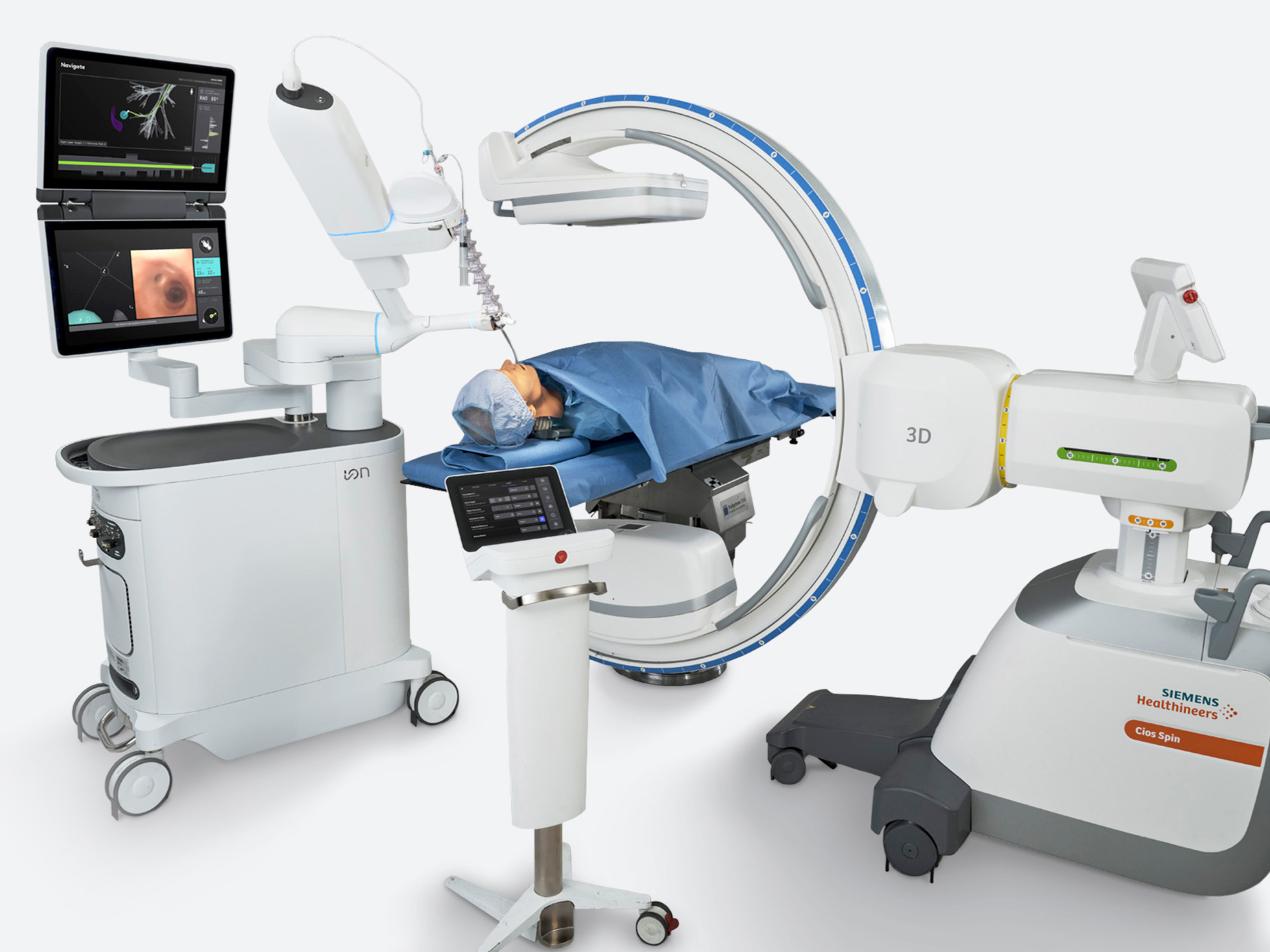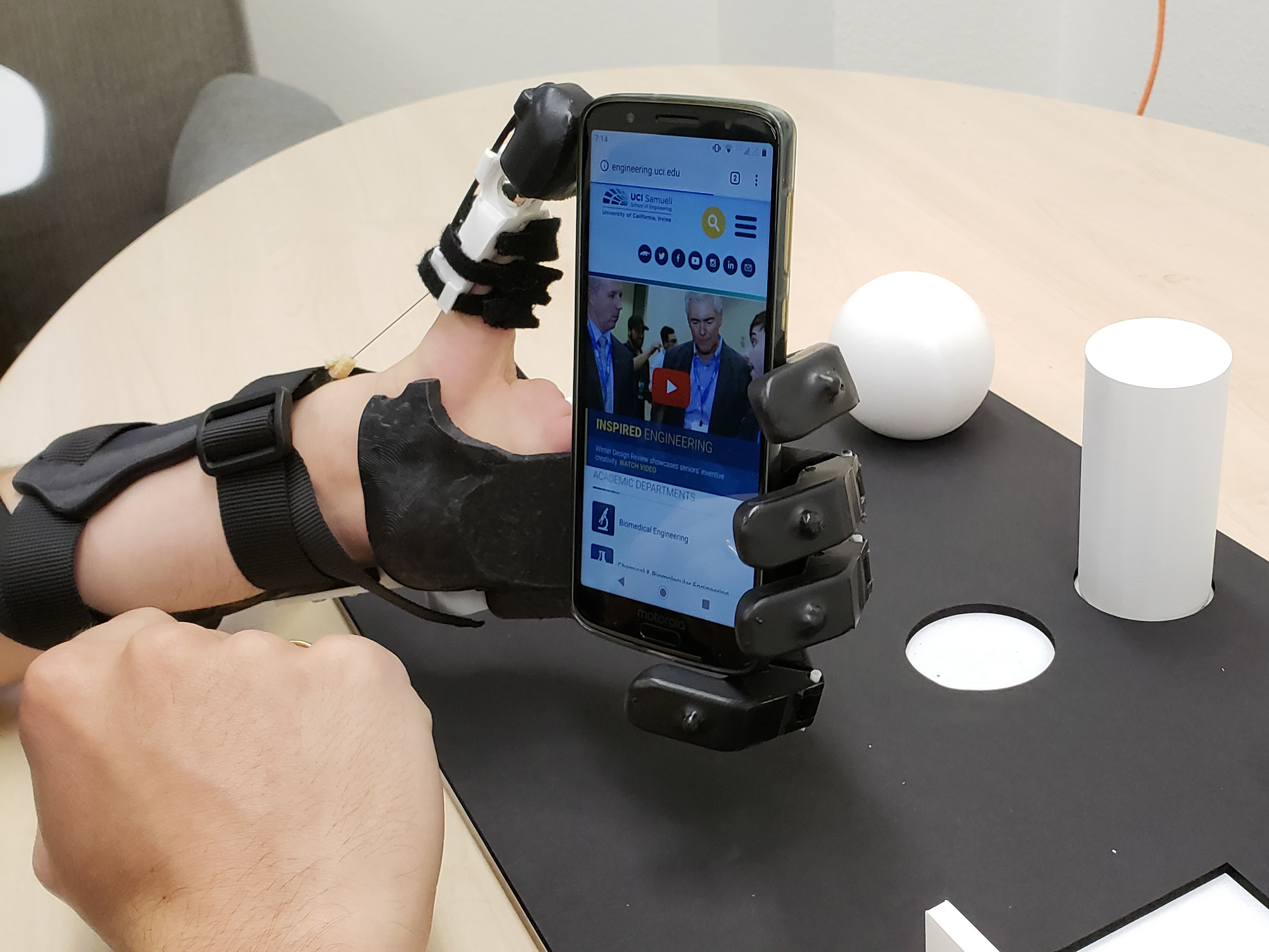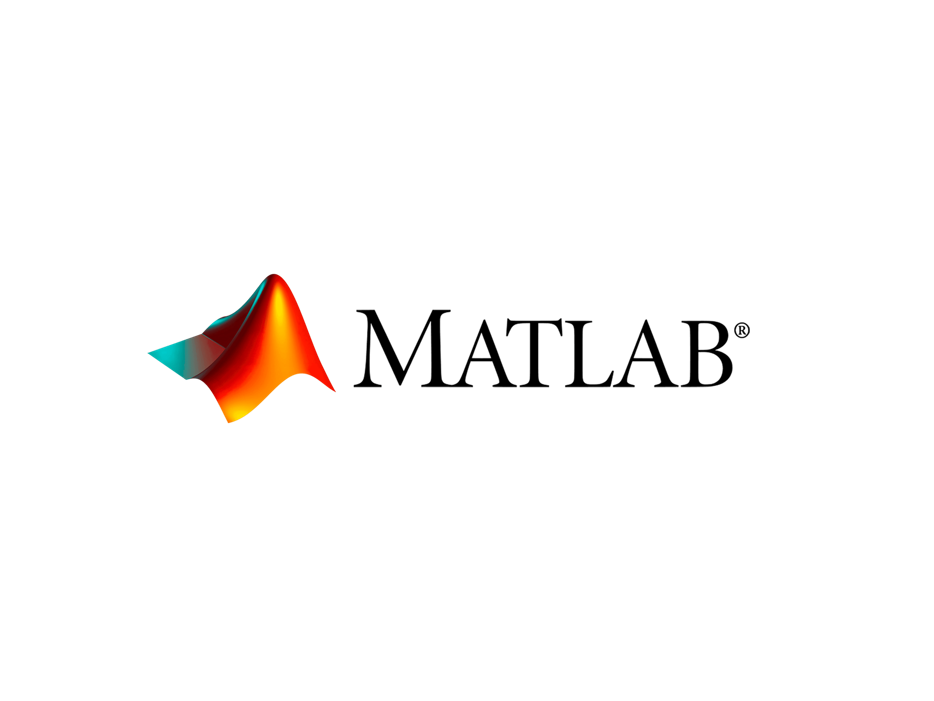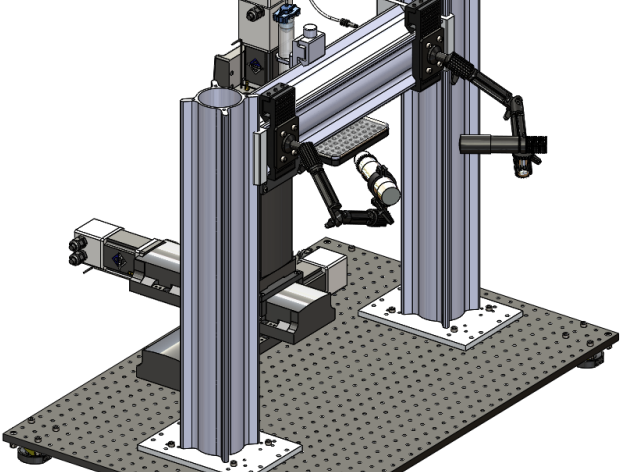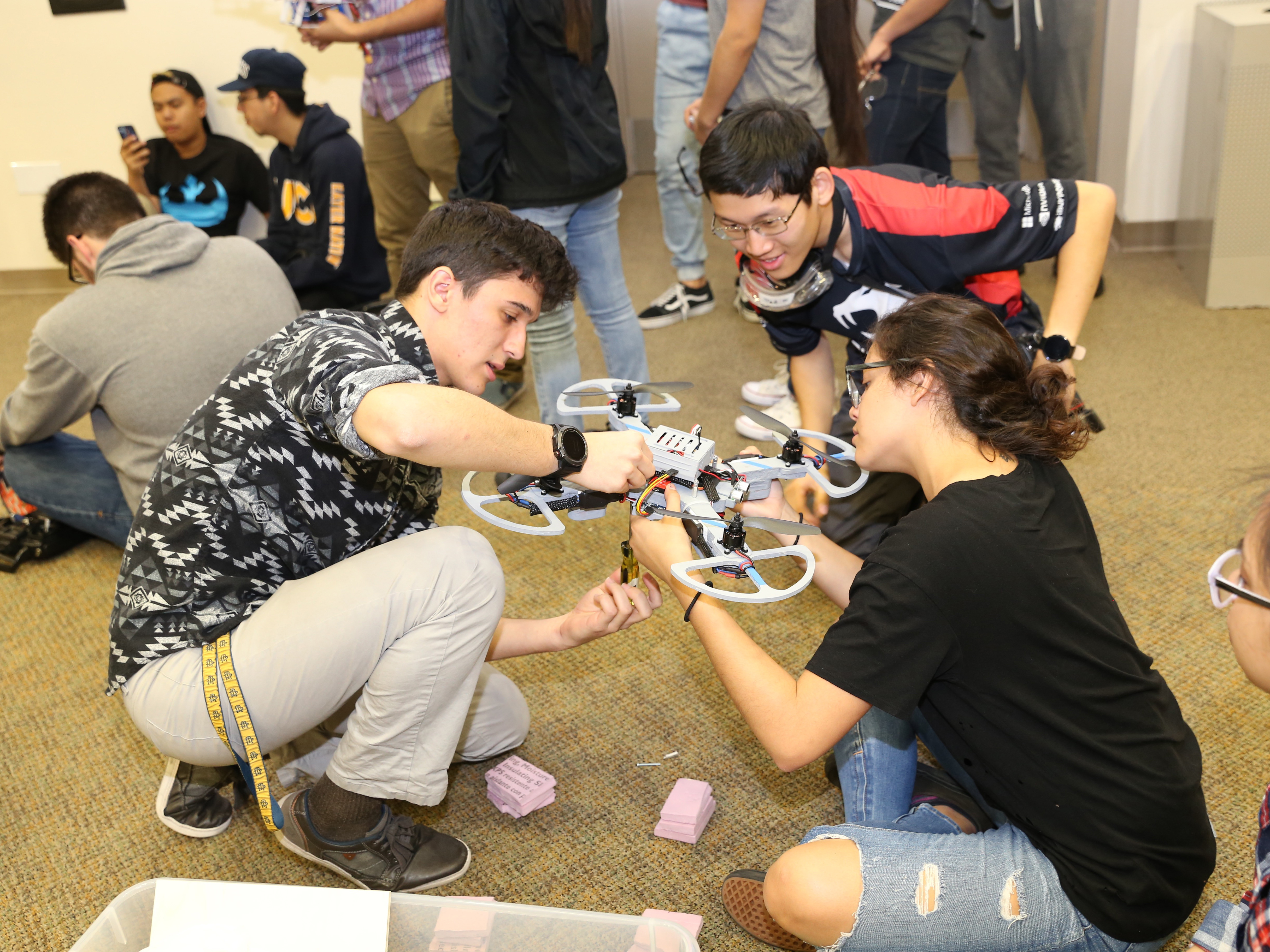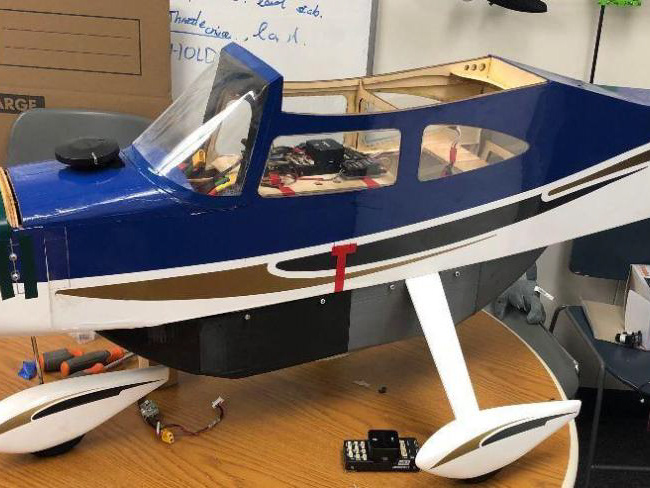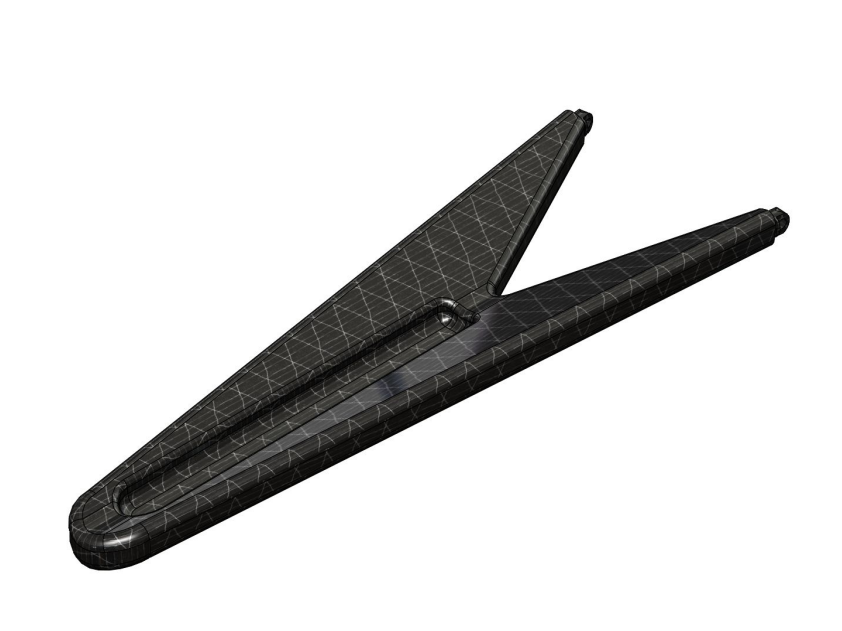UCI HyperXite, SpaceX Competition
Dynamic Structures Engineer (April 2019 - July 2019)
My Role
Dynamic Structures Engineer (April 2019 - July 2019)
I joined HyperXite as an opportunity to explore the Aerospace field. I was quite committed to the medical space at this time, however I saw this project as an interesting opportunity.
• Understand the Pod's acceleration/deceleration excitation characteristics.
• Developed and performed vibration analyses on UC Irvine's Hyperloop Pod's suspension system through MATLAB/Simulink.
• Use simulation results driven by MATLAB/Simulink to determine optimal suspension design/parameters
• Created technical GD&T drawings for several pod components to be manufactured.
• Developed and performed vibration analyses on UC Irvine's Hyperloop Pod's suspension system through MATLAB/Simulink.
• Use simulation results driven by MATLAB/Simulink to determine optimal suspension design/parameters
• Created technical GD&T drawings for several pod components to be manufactured.
What is the Hyperloop Competition?
The Hyperloop Competition gives students across the world to compete in constructing a hyperloop pod to be raced against other teams. Students build self propelled pods that travel in a vacuum chamber tunnel at speeds up to 300km/h. The competition is motivated by Elon Musk's pursuit to create hyperloop transportation, where similar technology would be used to provide a new means of high speed transportation. See the video to the right by VICE News for more information.
Primary Design Role
Other than my other responsibilities as mentioned in "My Role," my primary responsibility was to develop a model to understand our Pod's acceleration and deceleration vibration behavior, and to use these results to determine an optimal suspension design stiffness. Since there are gaps in the guide I-beam that runs across the tunnel, there are step disturbances that will vary in frequency as the pod accelerates/decelerates. Therefore, it is important to design the suspension such that the pod will not adversely resonate which may compromise the structural integrity of the pod.
Biweekly Design Updates
Results
Based on the simulations performed through Simulink, the following transmissibility plots were generated from the model.
The plots below were used as reference for both determining the optimal spring rate based on our acceleration/deceleration and speed requirements, as well as a reference when tuning the dampeners on the springs.
